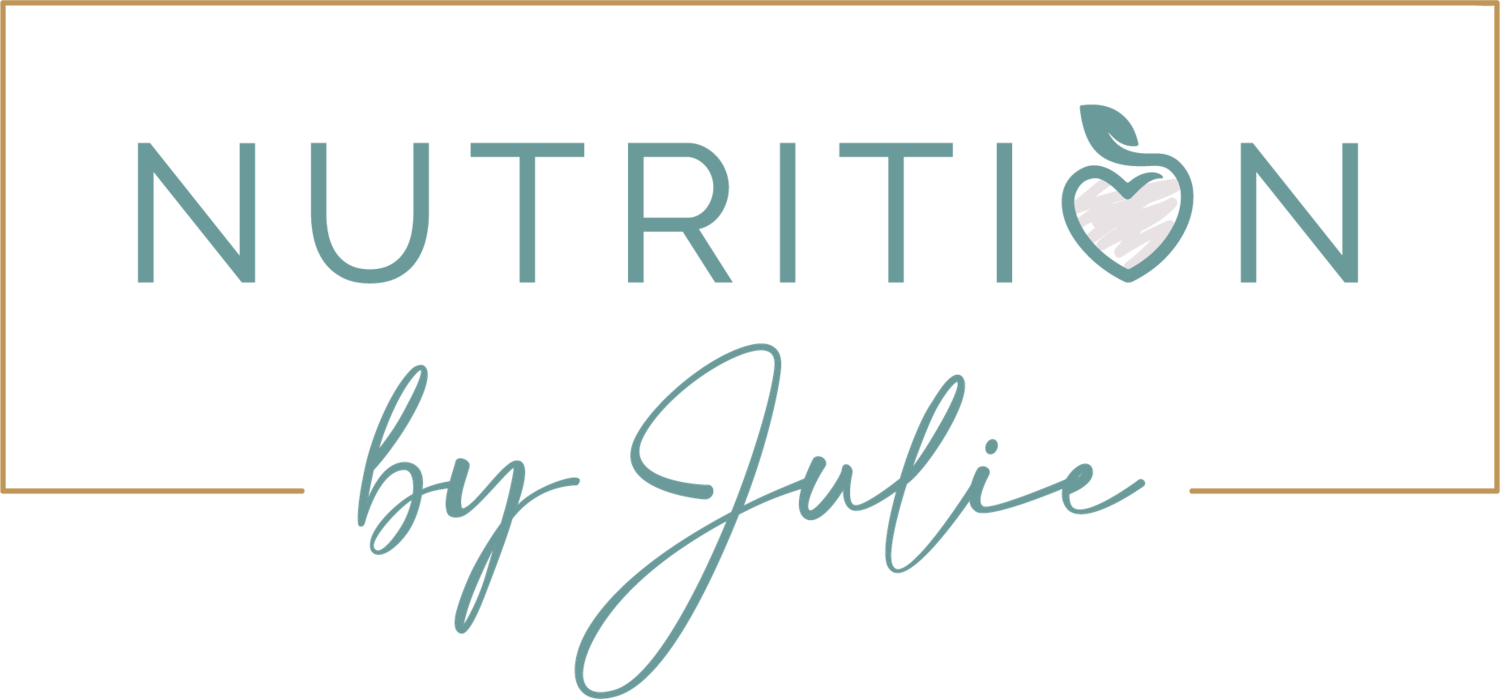Flour 101
Almond, oat and coconut flour oh my!
Growing up we had one type of flour in the pantry, all purpose. And just like its name entitles, we used it for literally all purposes. Waffles, pancakes, crepes, muffins, batters, thickeners… you name it and I can guarantee it was made with good old all purpose flour.
Now there’s nothing wrong with this! To this day all purpose flour remains a staple in my pantry. But that being said, it’s hard to ignore all the ‘new’ flours that have since been introduced into the market. As i’ve ventured away from all purpose flour, I’ve come to appreciate the unique flavors, textures and nutrition benefits that these non traditional flours can bring into recipes.
Flour 101
Now let’s do this thing.
Almond flour - Gluten Free
How is it made: Blanched and finely ground almonds
Nutrition highlights: Rich in protein, healthy fats, vitamin E, magnesium, calcium and iron
Taste: Slightly sweet, nutty flavor
Very versatile and easy to work with
Storage: Airtight container in the refrigerator
Common uses: Baked goods, sauce thickener, breading/batter
Nutrition facts per 1/4 cup serving:
o 150 calories
o 6 grams of protein
o 11 grams of fat
o 6 grams carbohydrates
o 3 grams fiber
Coconut flour - Gluten Free
How is it made: Ground coconut pulp
Nutrition highlights: Very high in fiber and MCT’s. Good source of iron and potassium.
Taste: Slightly sweet with the subtle taste and smell of coconut
Storage: Cool, dark and dry place away from the sunlight and in an airtight container
Common uses: Baked goods [Ideal for recipes with lots of wet ingredients like banana bread]
Nutrition facts per ¼ cup serving:
o 120 calories
o 6 grams protein
o 4 grams fat
o 18 grams carbohydrates
o 10 grams fiber
Quinoa flour - Gluten Free
How is it made: Raw, ground quinoa seeds
Nutrition highlights: Good source of protein, fiber, healthy fats, magnesium, zinc and iron
Taste: Full bodied, bitter and earthy flavor
Doesn’t hold is shapes as well, best used when combined with other flours
How to store: Airtight container in the refrigerator
Common uses: Gluten free breads, baked goods, sauce thickener
Nutrition facts per ¼ cup:
o 120 calories
o 5 grams protein
o 2 grams fat
o 21 grams carbohydrates
o 3 grams fiber
Chickpea flour - GF
How is it made: Dried, ground garbanzo beans
Nutrition highlights: High in protein and fiber. Excellent source of folate. Good source of iron, magnesium and zinc
Taste: Nutty, more earthy taste
Great for adding texture and holds together well
How to store: Cool, dark and dry place away from the sunlight and in an airtight container
Common uses: Baked goods, thicken sauces or gravies, breading/batter, boost protein in veggie burgers
Nutrition facts per ¼ cup:
o 120 calories
o 5 grams protein
o 1.5 grams fat
o 21 grams carbohydrates
o 5 grams fiber
Oat flour - Gluten Free
How it’s made: Ground oats – very easy to make your own!
Nutrition highlights: Contains protein and fiber, rich in antioxidants
Very versatile
Taste: Milder, nutty flavor
Storage: Airtight container in the refrigerator
Common uses: Breads, baked goods, baked oats
Nutrition facts per ¼ cup:
o 120 calories
o 4 grams protein
o 2 grams fat
o 22 grams carbohydrates
o 3 grams fiber
Spelt flour
How is it made: Milled spelt wheat
Nutrition highlights: Good source of fiber. Excellent source of manganese. Good source of phosphorous, niacin, magnesium, zinc and iron
Taste: Mild, slightly sweet flavor
Mimics whole wheat flour - works well in a 1:1 substitution
Storage: Cool, dark and dry place away from the sunlight and in an airtight container
Common uses: Bread, pasta, crackers, baked goods
Nutrition facts per ¼ cup:
o 110 calories
o 3 grams protein
o 0 grams fat
o 23 grams carbohydrates
o 3 grams fiber
Buckwheat flour - GF
How is it made: Ground buckwheat seeds, or groats
Nutrition highlights: Good source of protein and fiber. Contain manganese, magnesium, phosphorus, niacin, zinc, folate, and vitamin B6
Taste: Has a rich, nutty and earthy flavor
Storage: Airtight container in the refrigerator
Common uses: Baked goods, breading/batter
Nutrition facts per ¼ cup:
o 155 calories
o 6 grams protein
o 1-gram fat
o 34 grams carbohydrates
o 4.5 grams fiber
While I wish I could say that substituting these flours into recipes is simple, this is not quite the case. When substituting one flour for another, you need to consider texture, density, moisture, fat and gluten content. As you learn to use these flours, and experiment on your own, you’ll start to see where you can make substitutions and where you can’t. But for now, I recommend going off a recipe that’s been tested tried and true!








